
Journal: Journal of Intensive Care
Publication Time: 2021
.png)
Objective: The main objective of this study was to confirm the safety and effectiveness of infusing vasoactive drugs through mid - line catheters.
Methods: A retrospective study was conducted on the clinical application outcomes of mid - line catheters in the ICU of a 600 - bed tertiary teaching hospital from 2016 to 2019.
Results: A total of 248 patients received vasoactive drug infusions through mid - line catheters, and there were no ineffective administrations or limb - threatening complications.
Conclusion: Mid - line catheters are a safe alternative to CVCs (central venous catheters) and can safely and effectively administer vasoactive drugs for an extended period.
Background
The use of vasoactive drugs is a common intervention for treating hemodynamically unstable critically ill patients. When administered through central venous catheters (CVCs), patients are at risk of mechanical, infection - related, and thromboembolic complications. Among them, catheter - related bloodstream infections caused by CVCs account for about one - third of the death - related factors of healthcare - associated conditions (HACs).
In studies on the peripheral infusion of vasoactive drugs, more than 85% of complications occur distal to the antecubital fossa of the upper limb. Most notably, when using indwelling needles for infusion in the fragile veins of the hands or feet, the risk of extravasation increases significantly.
Compared with indwelling needles, mid - line catheters (MCs) are longer catheters that terminate in larger veins. The incidence of phlebitis is much lower, and they can be indwelled for a longer time (2 - 4 weeks), enabling longer - duration infusions. They also have a lower risk of dislodgement and extravasation.
In clinical practice, there is a tendency to remove CVCs as early as possible or replace them with peripheral intravenous infusion routes. The catheter - related bloodstream infection rate of mid - line catheters is 0% - 0.9%, which is close to that of indwelling needles.
Methods
Research method: Retrospective study
Research period: 2016 - 2019
Research location: Intensive Care Unit of George Washington University Hospital (including patients in internal medicine, surgery, trauma, and neurosurgery departments)
Research subjects: Patients aged ≥ 18 years who were admitted to the ICU and received vasoactive drug infusions (such as phenylephrine, norepinephrine, epinephrine, angiotensin II, etc.) through mid - line catheters
Data collection: Indications for mid - line catheter insertion, duration of use, complications. Record data such as the duration of peripheral vasoactive drug treatment, type of drug used, and drug concentration
Statistical analysis: Analyzed using SAS version 9.4
Results
A total of 248 patients received vasoactive drug infusions through mid-line catheters within the specified time period:
(1) Statistics of the applied population:
Patients in the medical intensive care unit (46.8%) and patients after neurosurgical operations (21%)
Patients with circulatory shock secondary to septic or distributive shock (49.1%) and patients with neurogenic diseases such as spinal cord injury and after craniotomy (35.6%)
.png)
(2) Drug Statistics:
Commonly infused drugs: Norepinephrine accounted for 66.5%, and Phenylephrine accounted for 63.7%.
The average duration of continuous infusion of vasoactive drugs: 7.8 ± 9.3 days
Drug concentrations:
Norepinephrine: 8 mg/250 mL normal saline
Epinephrine: 8 mg/250 mL 5% glucose solution
Vasopressin: 40 U/100 mL 5% glucose solution
Phenylephrine: 10 mg/250 mL 5% glucose solution
Angiotensin II: 2.5 mg/250 mL normal saline
.png)
(3) Statistics of Catheter Insertion Situations:
Success rate of single catheter insertion: 97.6% (n = 242)
Vascular selection: Basilic vein accounts for 98.8% (n = 245)
Average indwelling time: 14.7 ± 12.8 days
Complications: 3.2% (6 cases of infections of unknown causes, 1 case of extravasation, and 1 case of phlebitis). There were no ineffective administrations or limb-threatening complications. All patients were discharged from the hospital after the catheters were removed.
Conclusion
Mid-line catheters have the advantages of a long indwelling time, a low infection rate, reducing repeated punctures, and improving patient satisfaction. They can serve as a bridge between peripheral indwelling needles and CVCs. Especially for patients with veins that are difficult to puncture, mid-line catheters can be used as an early alternative option to reduce the number of days of CVC indwelling and avoid CLABSI (Catheter-related bloodstream infection) in patients with a prolonged need for vasoactive drugs.
Inspiration
The application of mid-line catheters is effective for the uninterrupted and relatively long (7.8 ± 9.3 days) infusion of vasoactive drugs;
Mid-line catheters solve the problem of catheter insertion for patients with circulatory failure, obesity, edema, or those who have almost no remaining superficial veins after repeated venous punctures. Moreover, there is no need for an X-ray film to confirm the position of the catheter tip, enabling the efficient implementation of treatment plans for the infusion of vasoactive drugs in critically ill patients;
The insertion of mid-line catheters can significantly reduce the number of CVC days and the CLABSI rate, greatly saving medical costs.

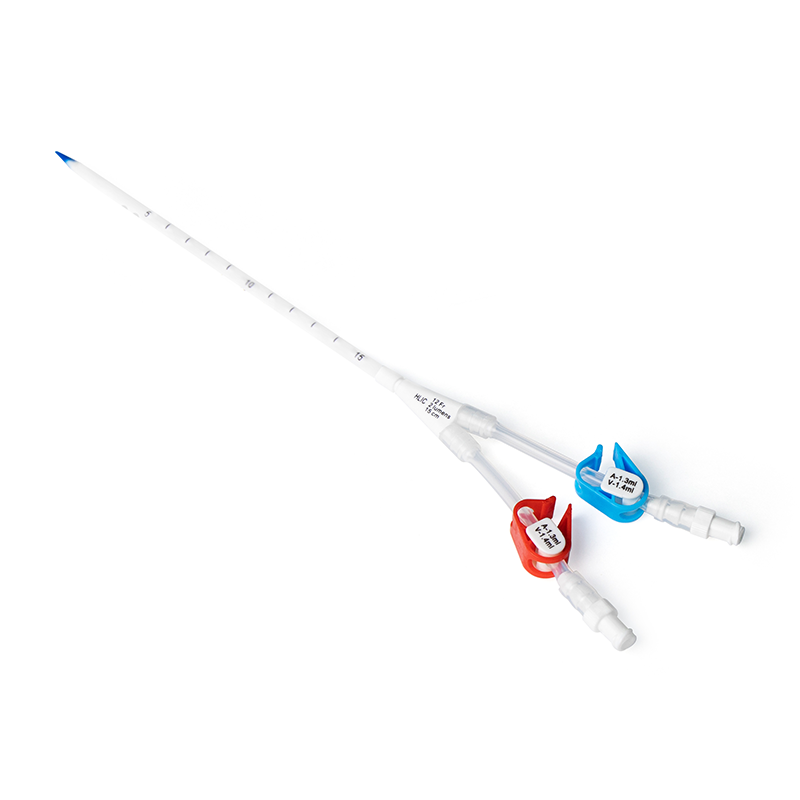
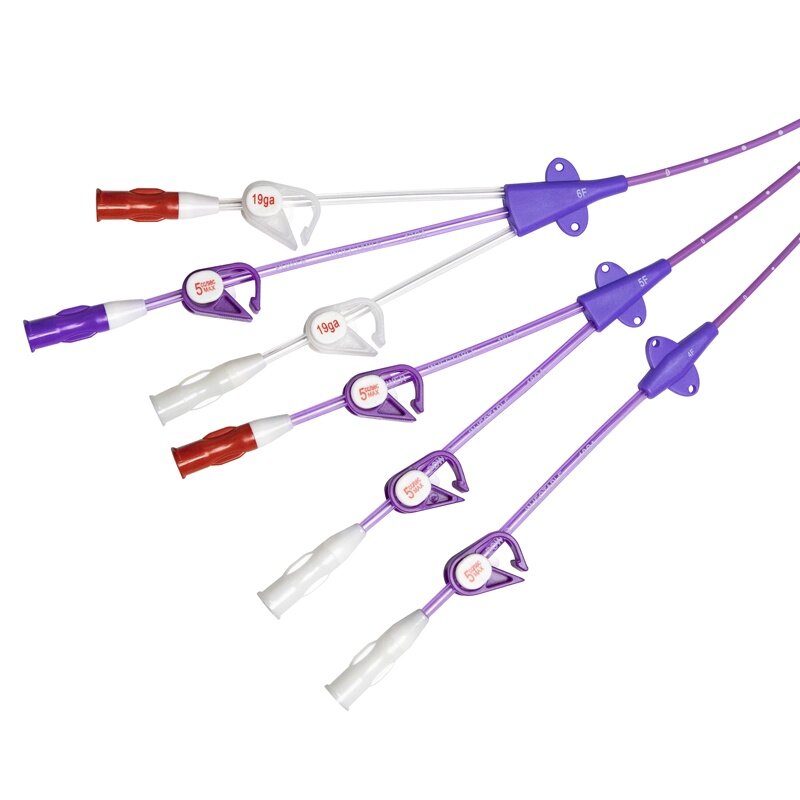
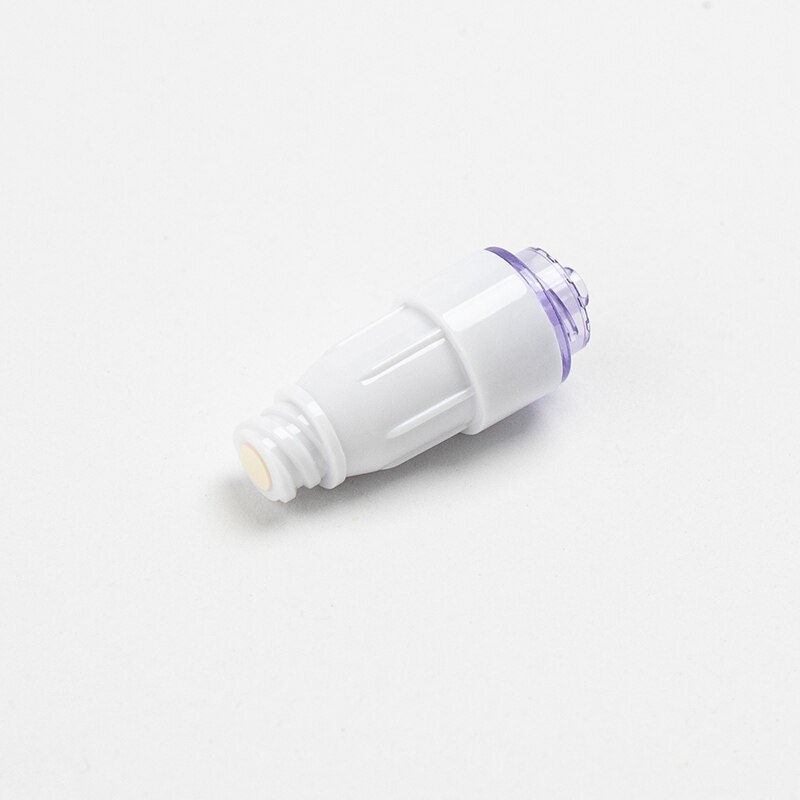
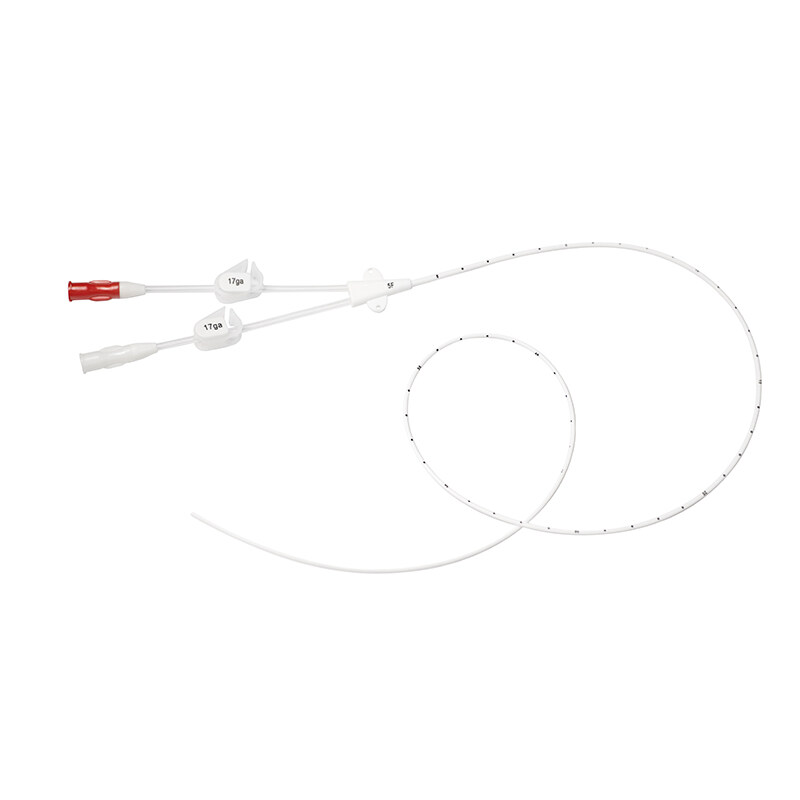
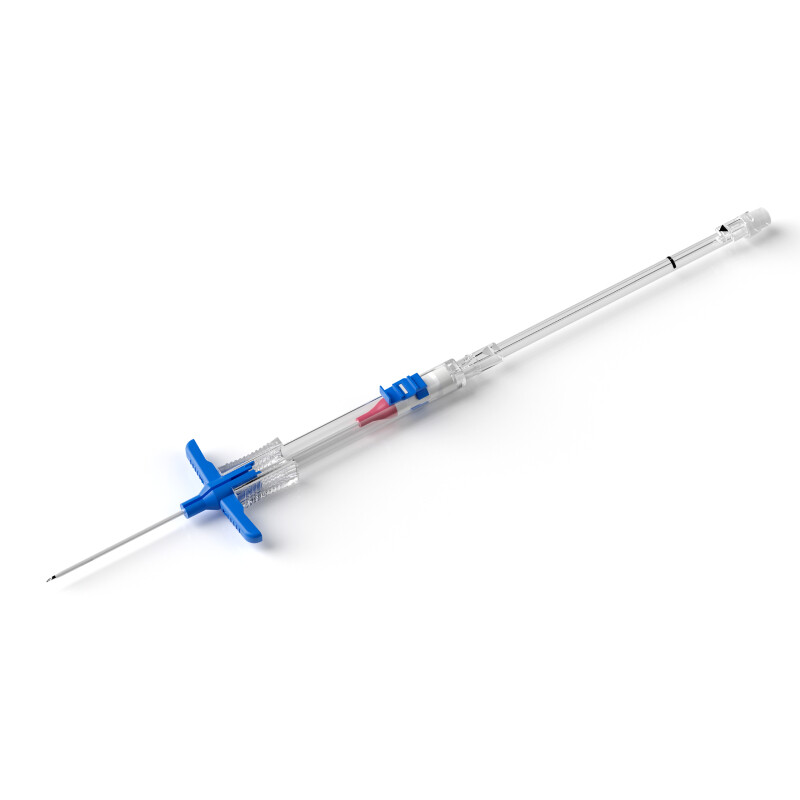

.png)
.png)
.png)